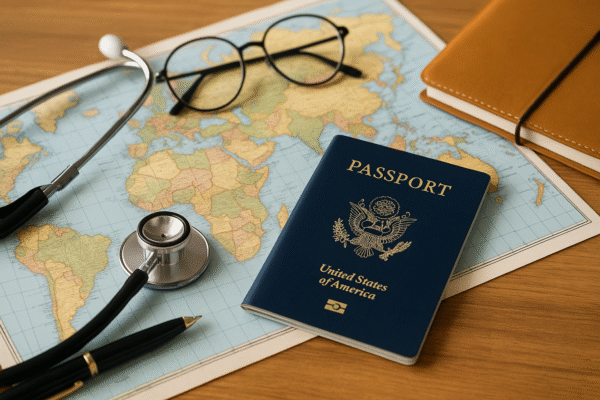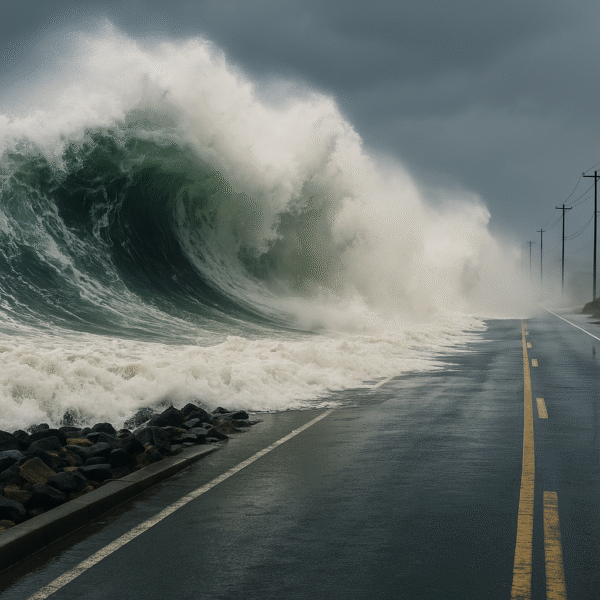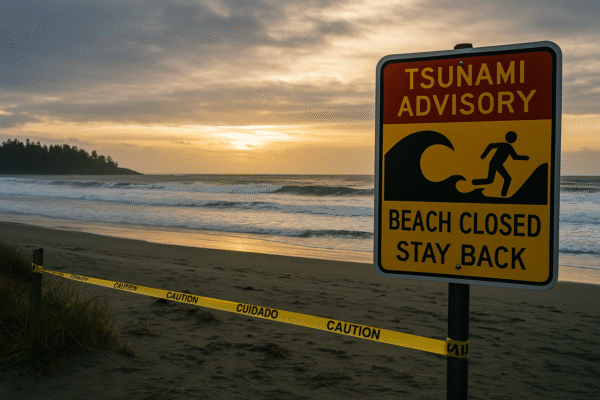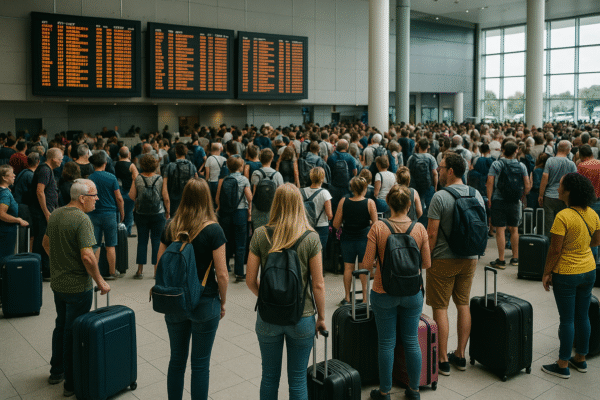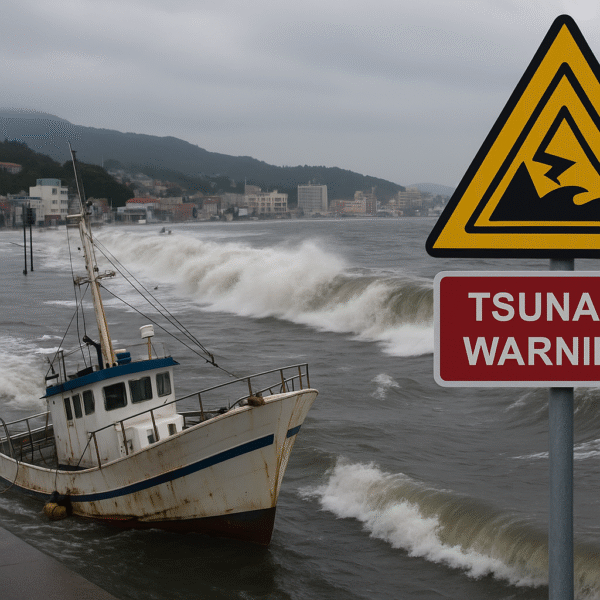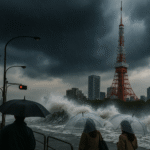Canada has aligned with a growing list of nations—including the United States, Japan, China, Taiwan, Ecuador, and Costa Rica—in endorsing the United Kingdom’s urgent travel advisory following a catastrophic 8.8-magnitude earthquake that struck Russia’s Kamchatka Peninsula early this morning. The earthquake has triggered widespread tsunami warnings across the Pacific Ocean, with aftershocks and tidal disturbances threatening numerous coastal communities.
The UK Foreign, Commonwealth & Development Office (FCDO) issued the advisory urging travelers in impacted regions to “follow local authorities’ guidance” and remain cautious in the face of a dynamic, ongoing threat. The seismic event ranks among the most powerful in recent decades, surpassing the 8.6 magnitude benchmark that typically triggers global tsunami surveillance protocols.
17 Countries Under Tsunami Alert
The advisory spans 17 countries and territories, including:
- Russia
- United States (including Alaska and Hawaii)
- Japan
- Canada
- China
- Taiwan
- Peru
- Ecuador
- Costa Rica
- New Zealand
- Philippines
- Chile
- French Polynesia
- Tonga
- Samoa
- Kiribati
- Solomon Islands
These countries are on heightened alert, particularly in low-lying coastal zones, as tsunami waves generated by the quake have already reached several locations.
Kamchatka Epicenter and Initial Impact
The epicenter of the quake was recorded approximately 120 kilometers southeast of Petropavlovsk-Kamchatsky, a remote city home to around 180,000 residents. The tremor struck in the early morning hours, shaking homes, disrupting transport systems, and sending people fleeing to higher ground. Several aftershocks exceeding magnitude 6.0 have since followed.
According to Russia’s Ministry of Emergency Situations, residents in Kamchatka’s eastern ports have been evacuated due to incoming waves reaching over 10 feet in some areas. Early footage from Petropavlovsk-Kamchatsky shows seawater surging through marinas and coastal highways, damaging vessels and infrastructure.
Widespread Tsunami Movement
The Pacific Tsunami Warning Center (PTWC) confirmed that tsunami waves were observed across multiple Pacific sites:
- 13 feet in Kamchatka
- 2.2 feet in Hokkaido, Japan
- 1.4 feet in the Aleutian Islands, Alaska
- 2 feet in Hamanaka, Japan
- Minor wave activity reported in French Polynesia and Samoa
Emergency management officials in Japan, Hawaii, and New Zealand have urged residents and travelers to evacuate coastal zones immediately. In Japan, rail and ferry services have been temporarily suspended, while emergency shelters have been activated in at-risk areas including Hokkaido and northern Honshu.
The U.S. Geological Survey (USGS) initially recorded the event as an 8.7 magnitude quake before revising it upward to 8.8, highlighting the strength of this subduction-zone tremor. Seismologists warn that aftershocks and underwater shifts could result in additional tsunami waves hours or even days later.
Canadian Response and Travel Guidance
Canada’s government, through Global Affairs Canada, has echoed the UK Foreign Office’s travel guidance. Canadian travelers currently in or planning to visit affected areas are advised to:
- Avoid coastal travel and move to higher ground where applicable.
- Monitor updates from Environment and Climate Change Canada, PTWC, and local authorities.
- Refrain from returning to coastal areas until declared safe.
- Remain alert for aftershocks, which may trigger secondary events like landslides or infrastructure collapse.
Tour operators and airlines servicing Japan, Alaska, and Pacific island destinations have issued travel disruption notices, with some flights redirected or cancelled. Cruise operators in the Pacific have also adjusted itineraries due to port closures in eastern Russia and heightened maritime hazard levels.
Infrastructure Impact and Emergency Operations
In Kamchatka, road networks and buildings have sustained moderate to severe damage, with landslides reported along cliffside routes. The Russian government has activated military-assisted disaster response units to assist with logistics and rescue operations.
In Japan, the Nuclear Regulation Authority has confirmed that no anomalies have been detected at the Fukushima Daiichi or Kashiwazaki-Kariwa plants, though precautionary evacuations have been carried out for staff in tsunami risk zones.
A Wake-Up Call for Disaster-Resilient Tourism
This global-scale advisory underlines the growing need for climate and disaster-resilient tourism planning. With the Pacific Ring of Fire being one of the most seismically active zones on the planet, tour operators, airlines, and hospitality providers must invest in emergency communication systems and develop real-time alert mechanisms for international guests.
Travelers are reminded to enroll in programs like Canada’s Registration of Canadians Abroad (ROCA) and U.S. STEP (Smart Traveler Enrollment Program) to receive real-time crisis alerts.
For more travel news like this, keep reading Global Travel Wire


